War
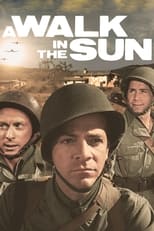
A Walk in the Sun
December 25, 1945
In the 1943 invasion of Italy, one American platoon lands, digs in, then makes its way inland to attempt to take a fortified farmhouse, as tension and casualties mount.
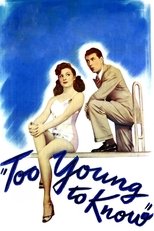
Too Young to Know
December 1, 1945
A returning GI searches for the wife who left him and gave away their son.
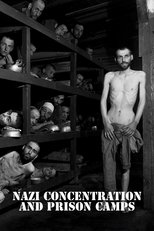
Nazi Concentration Camps
November 29, 1945
Produced and presented as evidence at the Nuremberg war crimes trial of Hermann Göring and twenty other Nazi leaders, this film consists primarily of dead and surviving prisoners and of facilities used to kill and torture during the World War II.
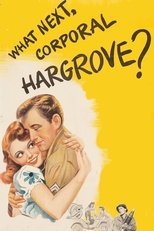
What Next, Corporal Hargrove?
November 21, 1945
An Army corporal and his con-man sidekick take a shortcut to heroism in World War II France.
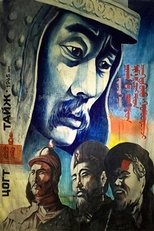
Mighty Prince
November 17, 1945
This film revolves around Choghtu Khong Tayiji, a 17th century Mongolian prince who waged a campaign of independence against Tibetan and Manchu forces.
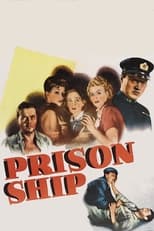
Prison Ship
November 15, 1945
Panic arises among Allied POWs aboard a Japanese freighter when they learn that the ship is actually a decoy target for American submarines on night patrol. The prisoners unite and attack their Japanese captors just as an American sub surfaces and, not knowing the prisoners are aboard, prepares to torpedo the ship.
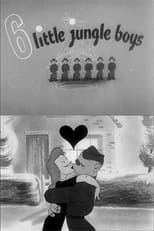
6 Little Jungle Boys
November 15, 1945
A short animated War Office commissioned health education film, showing the fate of each of the 6 jungle soldiers.
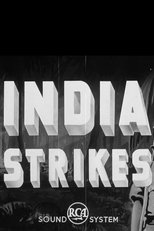
India Strikes
November 8, 1945
British documentary on India's role in World War II.
The Saga of the Franklin
November 6, 1945
This short is about the aircraft carrier USS Franklin, nicknamed "Big Ben" and how it was hit by a Japanese dive bomber on March 19, 1945. The USS Franklin was the most heavily damaged carrier in World War II to survive an attack.
This Could Be America
November 6, 1945
Appeal for War Bonds, showing scenes of enemy activity and suggesting these could occur over various locations in the United States.
The Naval Gun at Iwo Jima
November 6, 1945
Produced in 1945 by Jam Handy, "The Naval Gun At Iwo Jima" is a sister film to "The Naval Gun at Okinawa". This film details the important role Navy guns played in assaulting Japanese forces that were dug into caves on the island. It also shows the close support of Marines during the long assault. Naval gunfire at Iwo Jima was critical, the film explains, due to the fact that low visibility limited air operations. The film details the role played by battleships, cruisers, destroyers, destroyer escorts, and auxiliary gunboats. Shows tactics employed in exposing Japanese defenses, for example how gunboats were used to draw fire from Japanese gun batteries, exposing them so that the 16-inch guns on the battleships could used to destroy the shore positions.
Grini - Frigjøringsdagene den 8. og 9. mai 1945
November 6, 1945
Grini, later known as Ila Detention and Security Prison after the war, was an infamous Nazi concentration camp in Bærum, and was operated by German Nazis between 1941 and May 1945. Opponents, hostages and frantic patriots were imprisoned there, and many were often tortured. Only the name Grini itself spread fear and horror among good Norwegians during the period. In the Liberation Day, a documentary film was made to show you the life at Grini after peace finally came to Norway, and to reveal the German's assault on the prisoners.
Away Boarders
November 5, 1945
Story Of The USS Guadalcanal And Capture Of The First German Submarine In World War II By The Commanding Officer Of That Ship.
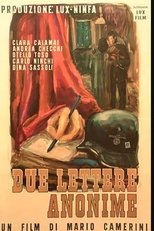
Two Anonymous Letters
November 3, 1945
When her sweetheart Bruno joins the Italian army, Gina, bored by her lack of social life, weds Tullio. She comes to regret her decision when Tullio proves to be a Nazi collaborationist. Casting her lot with the Resistance movement, Gina is forced into a difficult decision when the safety of ex-lover Bruno is endangered by the treachery of Tullio.

Resistance
October 31, 1945
An Alsatian, head of a section of the Gestapo, is actually spying on behalf of the French and dismantling a Nazi network. His activities are brought to light by the Germans and he owes his life only to the intervention of a young woman.
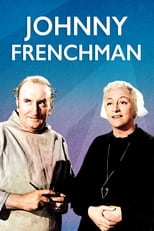
Johnny Frenchman
October 29, 1945
The fisherman from a Cornish village have a friendly rivalry with the fishermen (and one formidable woman) from a French port. Then war comes and they must all rethink their petty differences.

Strange Holiday
October 19, 1945
An American businessman returns from a hunting trip to find fascists have overrun the country in this propaganda film.
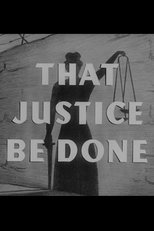
That Justice Be Done
October 18, 1945
Newsreel footage from both sides of World War II make a case for convicting Nazi war criminals.

Paris Underground
October 18, 1945
Constance Bennett both produced and starred in the espionager Paris Underground. Bennett and Gracie Fields play, respectively, an American and an English citizen trapped in Paris when the Nazis invade. The women team up to help Allied aviators escape from the occupied city into Free French territory. The screenplay was based on the true wartime activities of Etta Shiber, who engineered the escape of nearly 300 Allied pilots. British fans of comedienne Gracie Fields were put off by the scenes in which she is tortured by the Gestapo, while Constance Bennett's following had been rapidly dwindling since the 1930s; as a result, the heartfelt but tiresome Paris Underground failed to make a dent at the box-office. It would be Constance Bennett's last starring film--and Gracie Fields' last film, period.

The Taras Family
October 15, 1945
Russian filmmaker Mark Donskoi, of "The Gorky Trilogy" fame, was responsible for the postwar Soviet drama The Taras Family (originally Nepokorenniye, and also released as Unvanquished and Unconquered). A semi-sequel to Donskoi's Raduga (1944), the story is set in Nazi-occupied Kiev. The drama focusses on the travails of a typical Soviet family and on the efforts by the Germans to force the reopening of a local munitions factory. The film is at its most grimly effective in a long sequence wherein the Nazis conduct a search for Jewish escapees, culminating in a horribly graphic re-creation of the slaughter of the Jews at Babi Yar. While Donskoi was critically lambasted for his cinematic "sloppyiness" during this sequence (hand-held camera, rapid cuts etc.), it can now be seen that he was attempting a realistic, documentarylike interpretation of this infamous Nazi atrocity.